Treatment For Ingrown Fingernail
Treatment for ingrown fingernail. Fill a clean container with warm salt water. Ingrown fingernails rarely require surgical treatment. Mix 4 parts water with 1 part vinegar and soak the infected nail in the vinegar solution for at least 15-20 minutes.
Take a bucket and pour warm water in it and add some tea tree oil. In most cases you will be able to treat an ingrown fingernail right in the comfort of your own home and the wound will heal in about a week. However if an ingrown nail doesnt resolve on.
Nonetheless if an in-grown nail does not fix on its own you might need to see a family practitioner or skin specialist for a surgical remedy. Rinse the hand and dry it with a clean towel. Its important to cut your toenails properly straight across not at an angle or down the edges.
Wash your feet every day dry them thoroughly and use foot moisturiser. An ingrown fingernail can be treated by soaking the finger and carefully trimming the nail. Preventing Ingrown Fingernail Taking care of your feet will help prevent foot problems such as ingrown toenails.
One of the best home remedies for treating ingrown fingernails. It may efficiently reduce malady tenderness as well as illness of an ingrown toenail. Epsom Salt Soak for Ingrown Fingernail Treatment if youre not able to tolerate the pain and tenderness in your finger or toe because of ingrown nail Epsom salt can visit your help.
Using Home Treatments For Ingrown Fingernails. Go to the doctor if the nail shows no signs of improvement after three or four days of home treatment even if there is no visible sign of infection. To soak the ingrown fingernail.
Surgery is more common with ingrown toenails. If the ingrown nail is minor you can lift.
Vinegar and Tea Tree Oil for ingrown fingernail According to the study published in 2016 by the Journal of Applied Microbiology a combination of white vinegar tea tree oil and club soda can be more effective in treating ingrown nails.
Use Epsom Salt to Treat Ingrown Nail Step one in treating the symptoms and side-effects of an ingrown fingernail is to get the area clean and disinfected. Surgery is more common with ingrown toenails. Vinegar and Tea Tree Oil for ingrown fingernail According to the study published in 2016 by the Journal of Applied Microbiology a combination of white vinegar tea tree oil and club soda can be more effective in treating ingrown nails. An ingrown fingernail can be treated by soaking the finger and carefully trimming the nail. Using Home Treatments For Ingrown Fingernails. If you find your ingrown nail to be infected then make sure to use vinegar for treating it. Rinse the hand and dry it with a clean towel. To help prevent the ingrown fingernail from getting infected you can use a Q-tip to apply an over-the-counter antibiotic cream or ointment to the area. Ingrown finger nails seldom require surgical treatment.
Dry the finger completely after taking it out. Apply an antibiotic ointment and cover it loosely with a bandage. An ingrown fingernail can be treated by soaking the finger and carefully trimming the nail. Use Epsom Salt to Treat Ingrown Nail Step one in treating the symptoms and side-effects of an ingrown fingernail is to get the area clean and disinfected. To help prevent the ingrown fingernail from getting infected you can use a Q-tip to apply an over-the-counter antibiotic cream or ointment to the area. It may efficiently reduce malady tenderness as well as illness of an ingrown toenail. Its important to cut your toenails properly straight across not at an angle or down the edges.
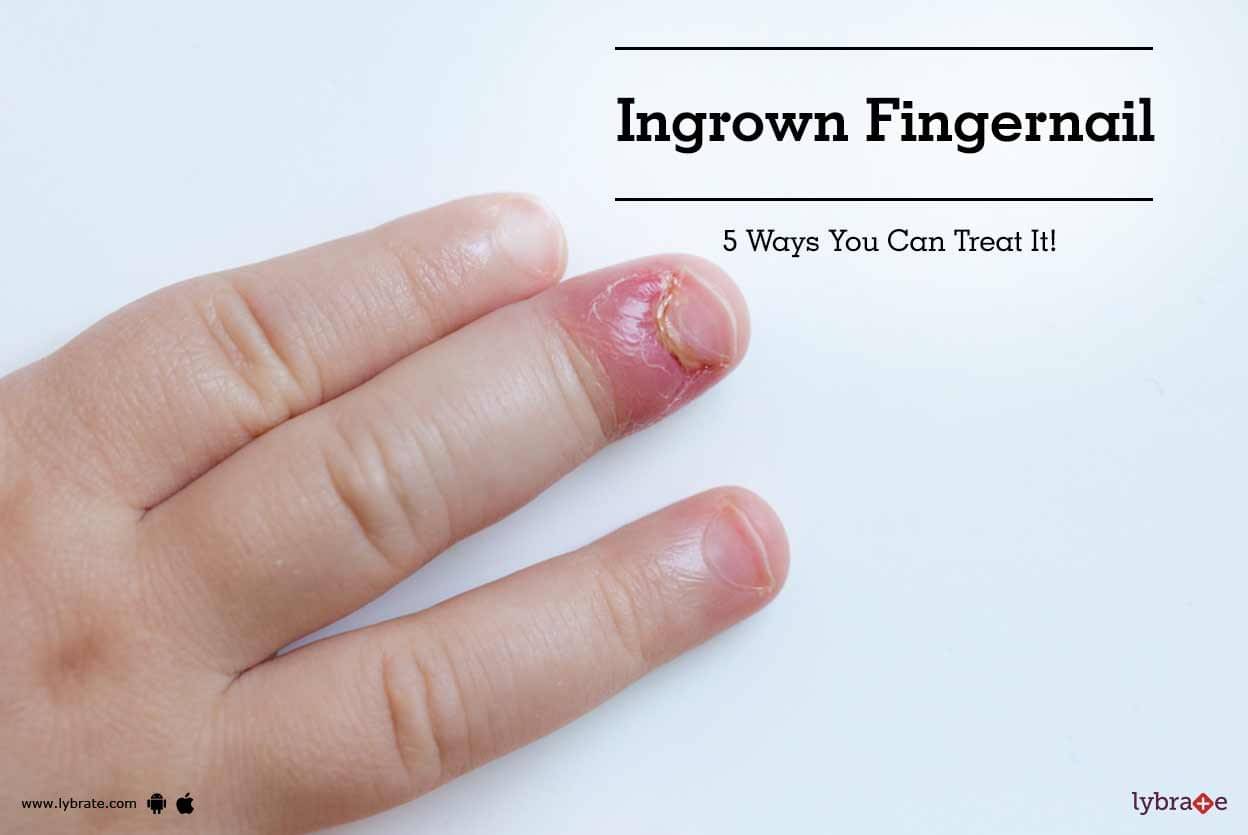




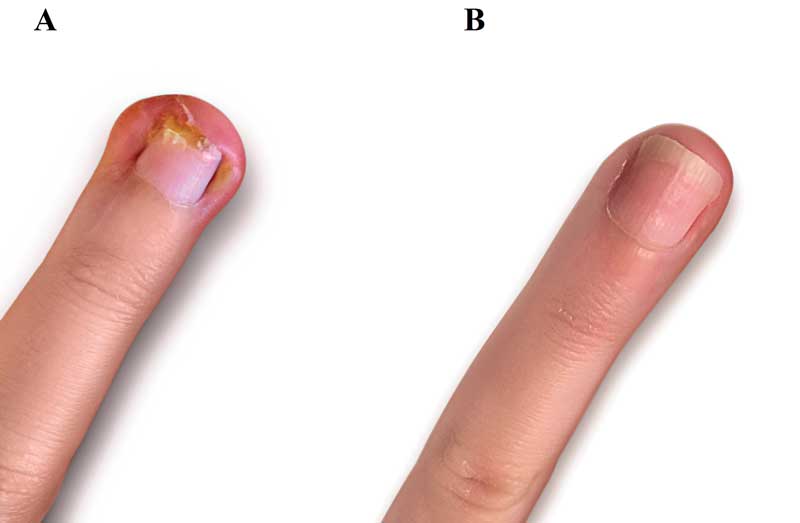



















:max_bytes(150000):strip_icc()/ingrown-nails-1068826-v1-e8a2650c809e48c7a6f8c8cc50854a73.png)



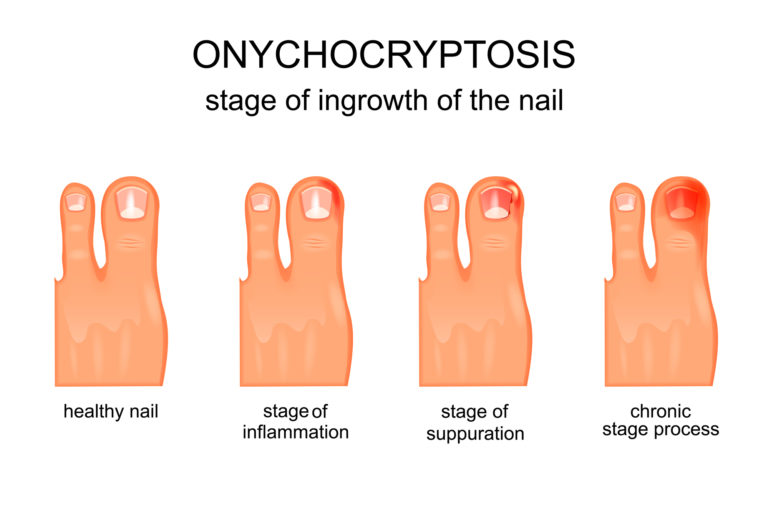
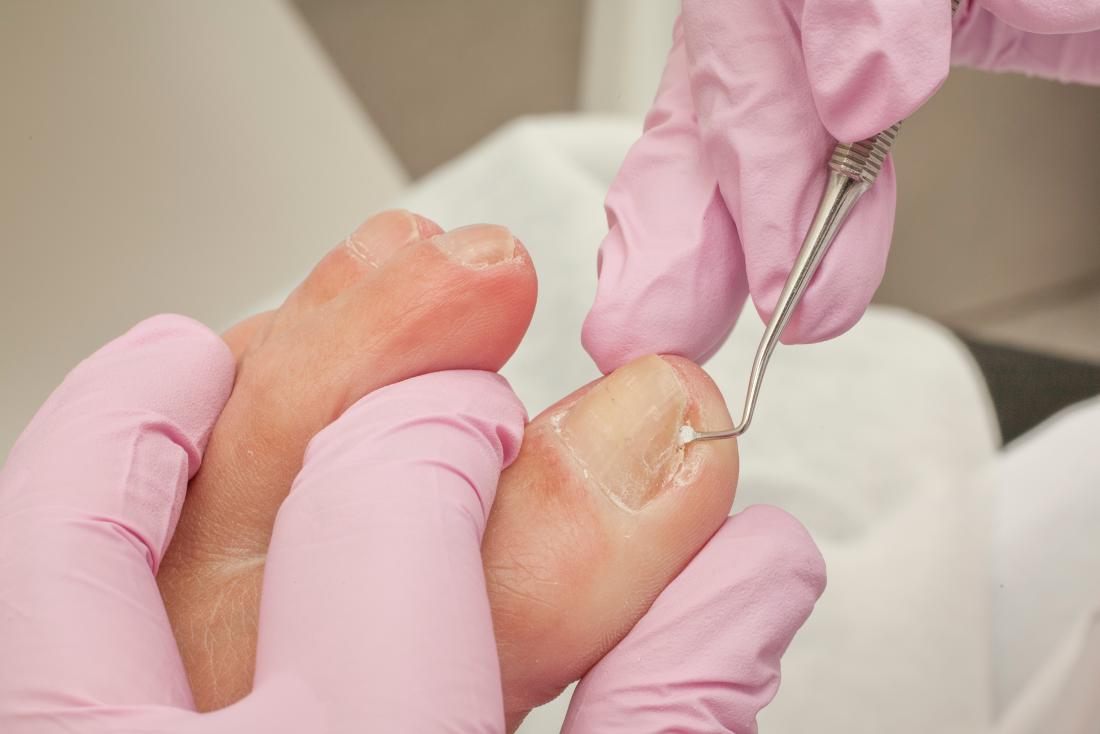
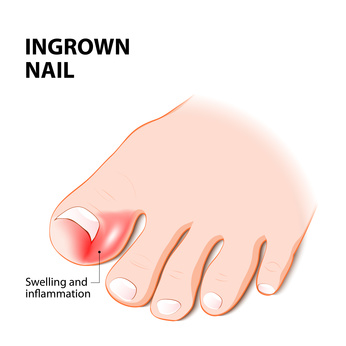








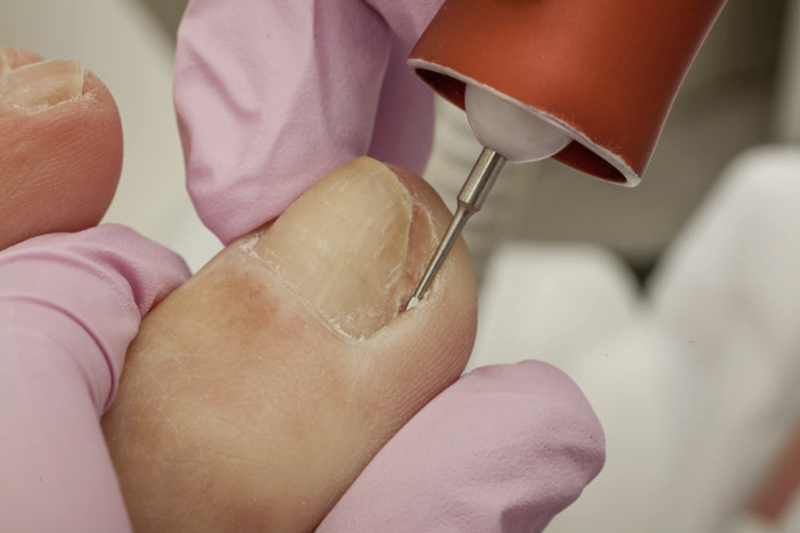

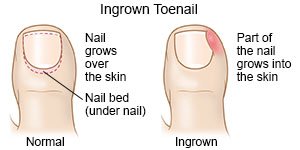

Post a Comment for "Treatment For Ingrown Fingernail"